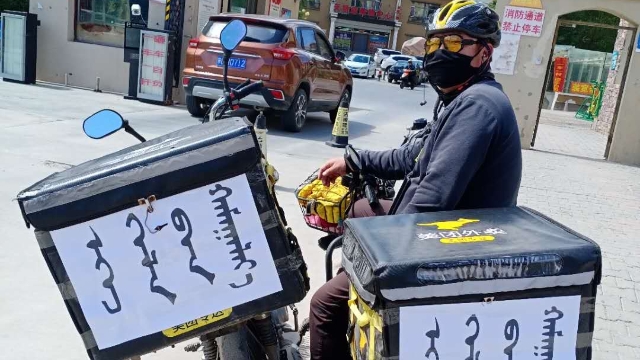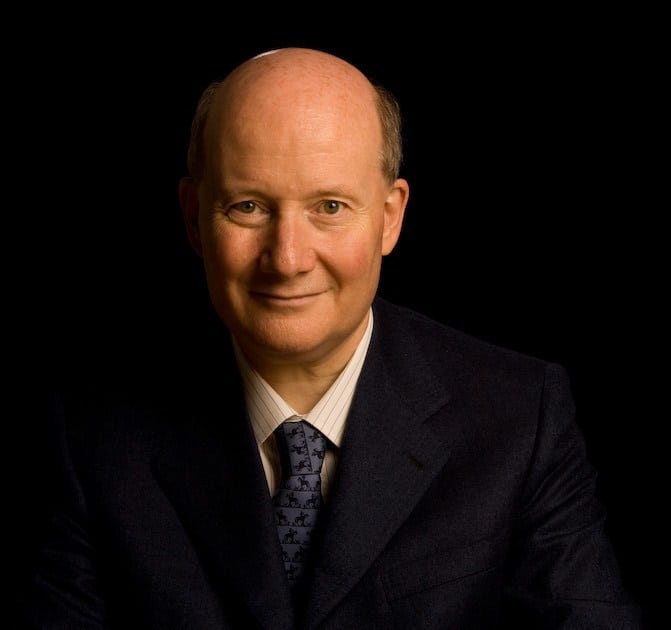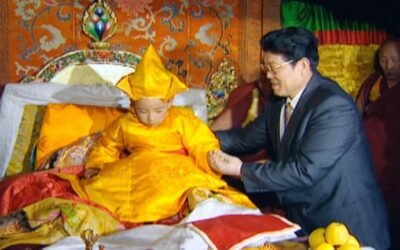While plans to eliminate Mongolian language from most of the educations start being implemented, thousands take to the street, and the world starts noticing.
by Massimo Introvigne

In July, Bitter Winter was among the first Western media to alert the public opinion on the fact that, in addition to Tibet and Xinjiang, another region of China had become the target of a CCP’s cultural genocide: Inner Mongolia, that Mongols prefer to call Southern Mongolia, and where Mongolian language and culture were being eradicated. On August 20, we reported on the CCP’s plans to reduce Mongolian to a secondary language of education in Inner Mongolia, teaching the main classes in Chinese starting on September 1.
As explained by Christopher P. Atwood from University of Pennsylvania in a recent article in the journal Made in China, the cultural genocide in Southern Mongolia was less noticed in the West than its counterparts in Xinjiang and Tibet, because the protests by Mongols were based on cultural rather than religious arguments, and thus did not mobilize those primarily interested in freedom of religion, and also because Mongols in Inner Mongolia are only 17% of the population. This figure, Atwood commented, may be “very misleading,” as present-day Inner Mongolia is made out of several different areas and, while in some Mongols are a tiny minority, in others there are more Mongols than Han Chinese.
The situation, however, is now changing. After Bitter Winter and a few other specialized media blew the whistle, protests in Inner Mongolia have now been covered by The Washington Post and dozens of other general media outlets throughout the world.
After it was revealed that the CCP plans to reduce teaching of Mongolian in Inner Mongolia to one hour per week, as if it were a foreign language, hundreds of students and parents took to the street in protest. On August 30, a Mongolian student from Sheebert Mongolian Middle School of Horchin Left Wing Middle Banner reportedly jumped from the building to his death.
On September 1, students were joined by cab drivers and workers throughout the region, who also defied a CCP-imposed curfew and protested by singing Mongol songs and vowing to defend their culture and rights.
Bitter Winter has learned that several towns in Inner Mongolia are under heavy police surveillance, as the CCP was taken by surprise by the strength of the protests. Reportedly, local authorities would not be unfavorable to a compromise or delay in the school reform, while Beijing seems to be determined to go on with the full-scale “sinicization” of the region.

Massimo Introvigne (born June 14, 1955 in Rome) is an Italian sociologist of religions. He is the founder and managing director of the Center for Studies on New Religions (CESNUR), an international network of scholars who study new religious movements. Introvigne is the author of some 70 books and more than 100 articles in the field of sociology of religion. He was the main author of the Enciclopedia delle religioni in Italia (Encyclopedia of Religions in Italy). He is a member of the editorial board for the Interdisciplinary Journal of Research on Religion and of the executive board of University of California Press’ Nova Religio. From January 5 to December 31, 2011, he has served as the “Representative on combating racism, xenophobia and discrimination, with a special focus on discrimination against Christians and members of other religions” of the Organization for Security and Co-operation in Europe (OSCE). From 2012 to 2015 he served as chairperson of the Observatory of Religious Liberty, instituted by the Italian Ministry of Foreign Affairs in order to monitor problems of religious liberty on a worldwide scale.



